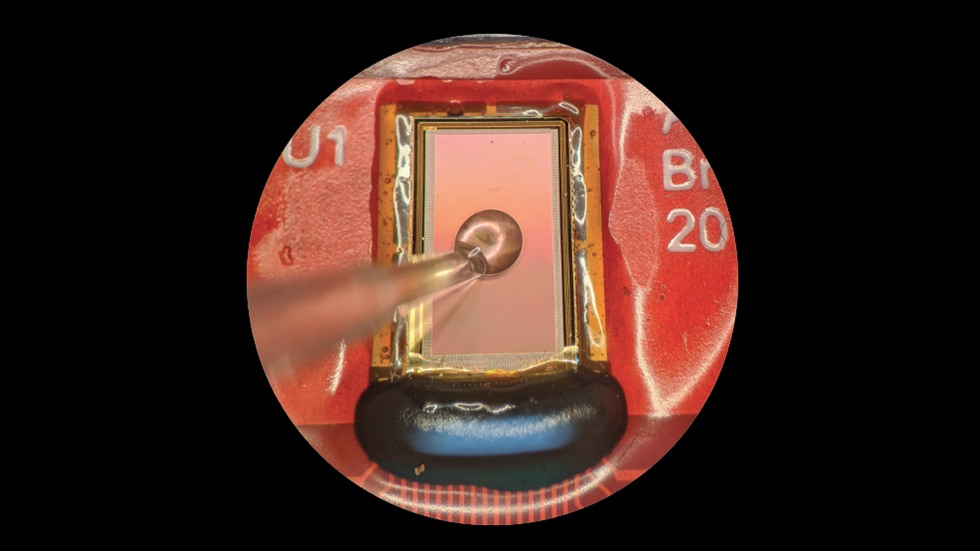Brown University team will lead an investigation of hybrid semiconductor-bacteria platforms, in a project at the intersections of electronics, computing and biology.
Supported by a $1.5 million grant from the National Science Foundation, Brown University Assistant Professor of Engineering Jacob Rosenstein and a team of researchers will be exploring hybrid information systems which combine modern semiconductors with bacterial biofilms.
Despite the phenomenal successes of the semiconductor industry, there are still important information-processing functions in which biology outperforms modern semiconductors. Most sensing and energy harvesting functions are fundamentally physical and chemical operations, and living things have evolved sophisticated tools to survive and interact with the environment.
Many examples of synthetic biology aim to engineer biology at the level of single cells. However, although bacteria are single-celled organisms, they can form complex communities called biofilms, in which thousands of independent cells coordinate to conserve nutrients and protect the community.

The team aims to leverage the coordinated behaviors of bacteria within biofilms to create new ways to process information and transfer information between electronic and biological systems. In particular, they will focus on recently observed phenomena in which Bacillus subtilis cells use ion channels to propagate electrical potential waves across biofilms.
Rosenstein is leading the research, which is a collaboration with biologist Joe Larkin at Boston University and Brown faculty members Brenda Rubenstein (Chemistry), Chris Rose (Engineering), and Sherief Reda (Engineering).
“Our goal is to design a hardware platform to grow living biofilms on active semiconductor chips,” Rosenstein said. “We want to study electrical signaling in biofilms, and to use these behaviors to encode digital information and to process that data.”
“It’s a very exciting area,” he said. “We hope that by integrating communities of bacteria with traditional microelectronics, there will be ways to combine the energy efficiency, environmental resilience, and chemical sensing of bacterial biofilms with the flexibility and programmability of modern semiconductors.”
The team feels well prepared to take on such an interdisciplinary project, which builds on existing collaborative research at Brown into molecular hard drives using small-molecule chemistry, as well as Rosenstein’s research on new types of CMOS sensor arrays for imaging small colonies of bacteria.
The researchers plan to engage the broader community by providing courses on bioelectronics and computing, and organizing research opportunities for under-served high school students and undergraduates in the Providence area. The team anticipates the project will be relevant to applications in computing, biotechnology, synthetic biology, and environmental sensing.
